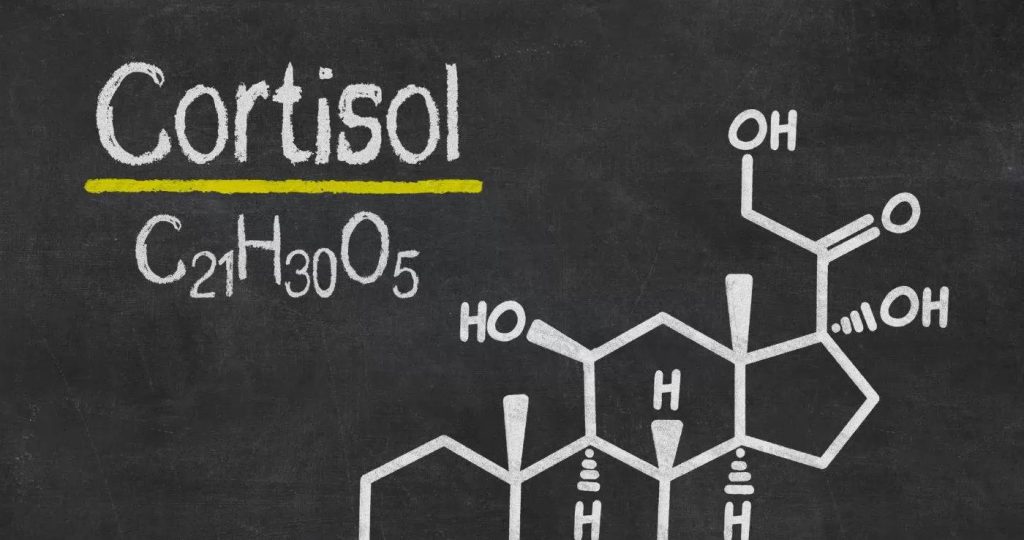Did you miss part 1 or part 2? Be sure you check them out!
Okay, I promise there’s a light at the end of this tunnel, but we have a few more foothills to traverse and a mountain or two to summit before we reach Aslan’s country, but we will get there.
This is the part where I get all sciency but I’ll try to make it fun and accessible so hang with me. We talked about how cortisol is an essential hormone. We need it or we die, like that kind of essential, but like anything, too much is a bad thing. In a healthy state, there is a rhythm to cortisol production that matches our circadian rhythm. On the rare occasion when we do find ourselves being chased by a lion, or in the case of my poor wife being assaulted by a mouse out looking for food, the cortisol response dumps loads of energy in the form of adrenaline and norepinephrine into the body triggering the release of glucose from the liver and amino acids from the muscle into the bloodstream providing tons of energy so she can morph from caring mom into Jackie Chan in Rushhour and dispense justice on the unsuspecting mouse. Justice having been dispensed, her heart rate slows, hormones return to normal, and all is well in the world.
But all is not well in our world. As I noted in the first installment of this series we are stressed out as a society like never before. Many of us are facing cortisol overexposure on a grand scale and it is making us fat and dumb. In short, it’s killing us. Research is clear that cortisol overexposure combined with our fast-paced, highly-processed food, and low-sleep lifestyle leads to hypertension, obesity, diabetes, fatigue, irregular menstrual periods, depression, and Alzheimer’s disease.
To make matters worse, there’s another complication we have to deal with, a pesky little enzyme called HSD. It stands for 11-beta hydroxysteroid dehydrogenase-1. We’re just going to call it HSD or the “fat storage enzyme”. This enzyme is actually located inside the fat cells themselves and it does something that’s just plain rude. It takes the inactive cortisol from your body and it flips the one switch activating it inside the fat cells causing the cells to perceive high levels of cortisol, and the annoying part is you might show perfect blood work and still have high HSD. This is mostly seen in abdominal fat as the fat cells in that area are particularly sensitive to cortisol. So you could become the master of zen. You could channel your inner Rafiki and sing Hakuna Matata with Timon and Pumba, but if you have high HSD activity, which is largely genetically determined, then you are at risk for insulin resistance, diabetes, and all the rest. I should also mention, HSD activity increases with age, by a threefold difference, hence the growing waistline as we age.
If you’re ready to throw your hands up and say, “I quit. I’ll just eat what I want and die fat and happy” don’t quit just yet. That was the last major mountain we needed to summit. We start working our way toward solutions soon, I promise.
Let me just get something out of the way really quickly. Extreme dieting is NOT, I repeat, NOT the way to handle this. I’m speaking largely to you ladies out there eating 1200 calories a day, going to orange theory 6 days a week, lifting weights, and living on Trenta Cold Brews from Starbucks. You are making literally everything worse.
Researchers at the University of Birmingham, England studied the effects of extreme dieting (800 cal a day for 10 weeks) on HSD activity and they found that the excess stress of the diet caused an increase in HSD of 3.4 times the baseline. The answer is not always to eat less and do more.
I promised I would leave on a positive note and I’ll explore solutions in depth in a later post, but I do want to share a glimmer of hope. We do have pharmaceutical interventions to inhibit HSD, but we also have natural solutions we can implement first. Some of the best ways to manipulate HSD activity are by leveraging naturally occurring compounds in various herbs, fruits, and vegetables, specifically foods that are rich in flavonoids like kale, onions, apples, black tea, green tea, red wine, cherry tomatoes, broccoli, blueberries, parsley, sage, and most all citrus fruits. It turns out your mother did know best when she told you to eat your fruits and veggies.

